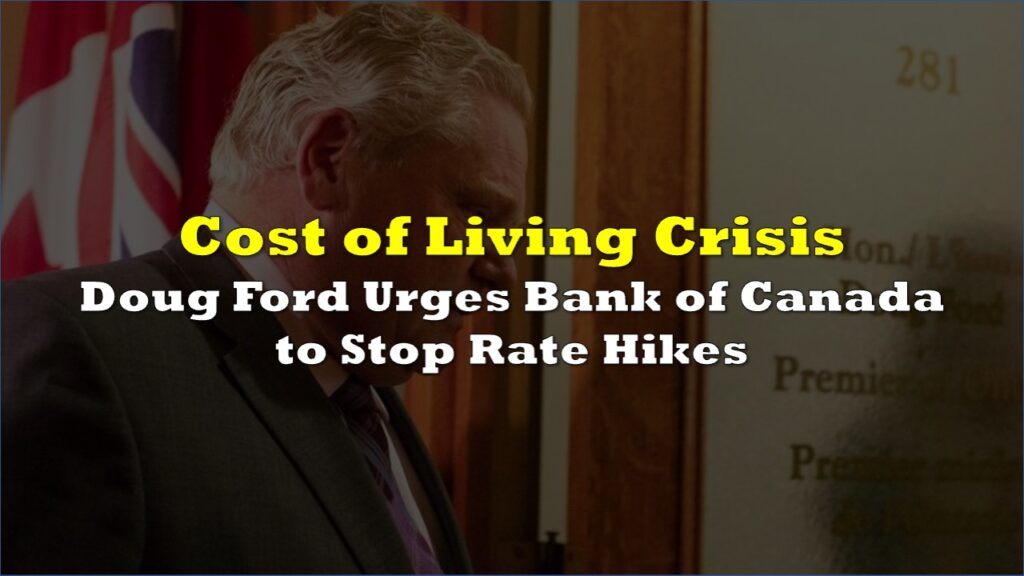The Bank of Canada has released its latest quarterly data on indicators tracking vulnerabilities in the Canadian housing market and household finances. This update, released on September 20, continues the Bank’s ongoing efforts to monitor potential risks associated with elevated household debt levels and high house prices.
The Bank’s monitoring approach focuses on two key areas of vulnerability: the high level of household indebtedness and inflated house prices. The indicators include metrics such as loan-to-income ratios, loan-to-value ratios, and mortgage debt service ratios for new mortgages.
According to the Bank, vulnerabilities are pre-existing conditions that may interact with changes in the economy and lead to episodes of financial stress or even a financial crisis. These vulnerabilities can amplify and further spread shocks throughout the financial system.
The indicators reveal some concerning trends. The proportion of indebted households behind on payments for at least 60 days has surpassed pre-pandemic levels, reaching about 2.35% by 2024, indicating growing financial strain among homeowners. It also found that house price increase expectations have fluctuated significantly, ranging from below 2% to over 7% within a short period, suggesting market uncertainty.
While the share of new mortgages with loan-to-income ratios exceeding 450% reached concerning levels in 2022, peaking at about 26%, recent data shows a significant decrease. As of the latest report, this share has fallen to about 12-13%, similar to levels seen in 2014. This decline reflects an economic slowdown, with people less willing or able to take on large mortgages relative to their income.
The Bank is also monitoring the types of mortgaged homebuyers, including first-time homebuyers, repeat homebuyers, and investors. Data shows, although subtle, a slight downward trend in the share of first-time homebuyers in the market. This could indicate growing barriers to entry for new homeowners, potentially exacerbating wealth inequality. They note that the presence of investors in real estate markets can amplify house price cycles.
Other indicators being tracked include house-flipping activity and house price expectations from the Canadian Survey of Consumer Expectations.
Data showed that the share of homes purchased and flipped within 6 months has risen to over 1.25% by 2024, the highest level in recent years, while house price increase expectations have fluctuated significantly, ranging from below 2% to over 7% within a short period, suggesting market uncertainty.
The Bank of Canada emphasizes that these indicators are used to assess potential risks to the financial system and the broader economy. They’re particularly concerned with how high debt levels and inflated house prices might amplify economic shocks and lead to financial stress.
The Bank of Canada is literally telling you housing is going to crash. pic.twitter.com/NYzEIQPoE5
— red pill rick (@igetredpilled) September 23, 2024
Information for this story was found via the sources and companies mentioned. The author has no securities or affiliations related to the organizations discussed. Not a recommendation to buy or sell. Always do additional research and consult a professional before purchasing a security. The author holds no licenses.










3 Responses
Grammarians are cringing!
Quite simply….missing from their current analysis is that now that inflation has come back in line, it is time to lower interest rates to curb that debt that those already with mortgages are feeling and to stimulate the housing market again.
While the Bank greatly assisted in bringing inflation down…by increasing the interest rates…..two other problems arose. People cannot afford to pay their mortgages and hence level of debt has gone up. This is because the interest rates have gone up.The other being trade in housing has come to a standstill. This has affected lives and businesses that revolve around housing. I wish the bank ask economists for suggestions. Our of box thinking is required.